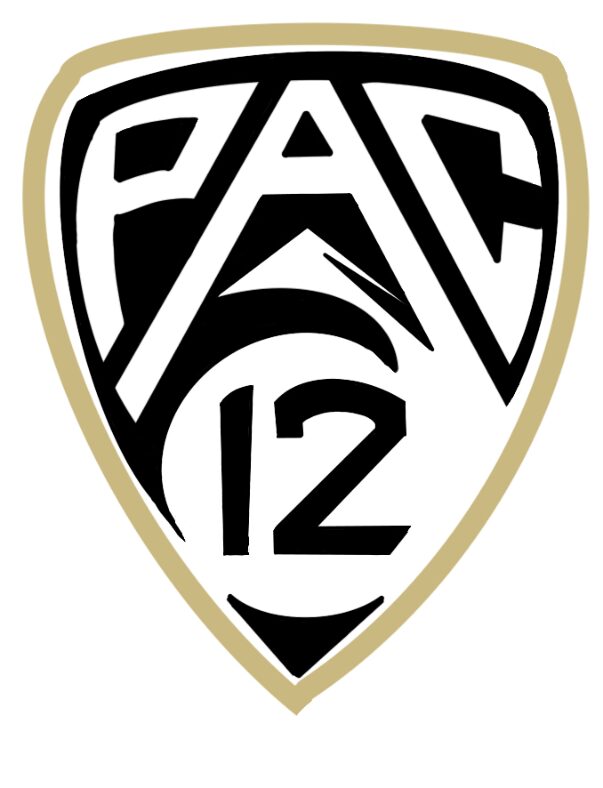While college football fanatics argue over the chaotic dismantling of the Pacific 12 (Pac 12) conference, it is vital to recognize the larger implications.
Pac 12 is a collegiate athletic conference that operates in the Western United States, participating in 24 sports at the National Collegiate Athletic Association (NCAA) Division I level. Conferences are based on regional areas, so teams can play each other in close proximity.
University of Southern California (USC) and University of Los Angeles California (UCLA), were the first to leave for more lucrative television deals with the Big 10 Conference, and most schools followed.
“I — along with a lot of other football fans at Tam — are always invested in how the Pac 12 teams are doing,” Tamalpais High School senior and varsity football player Matteo Pardi said. “Living in Marin, the Pac 12 is the most local college football will get, and I think it’s sad that we won’t have that tradition anymore because schools want to make more money.”
According to Forbes, Pac 12 financial deals were the lowest out of all the five power conferences. Schools that have successful football programs have the opportunity to join a conference much farther than them, for a television contract of almost double what they were making originally.
“The Big Ten has completed a new seven-year media rights agreement with Fox, CBS and NBC that is set to bring in more than $7 billion to one of the nation’s most powerful athletic conferences,” an article published by ESPN reported.
This move may promise increased financial resources for athletic departments, but it comes at the price of both students and student-athletes. Football is obviously a money machine, but at a university, whose purpose is to provide higher education, decisions need to be made with more consideration.
This upheaval will give football programs leverage, but ultimately damage other athletic departments as well as the education of student athletes. Less popular sports such as softball, tennis, and volleyball, will have to travel far and wide, missing class to make games when they are not making a dime. If football continues to receive this high level of funding, most other athletic programs will eventually disappear.
It can now be argued whether or not universities actually prioritize academics and mental health regarding their athletes.
“I am going to be a student-athlete in college, however, as a female in soccer it’s not realistic to see that as a career path, I am going to school with the intention of a degree,” Tamalpais High School senior Maren Jones, who committed to play soccer at Tufts University, said. “I’ll be playing at a school that is not in one of the large conferences, so my education is still prioritized. I feel sorry for my teammates that will reap the consequences of the realignment.”
According to the NCAA, only 7.3 percent of its athletes are football players. Additionally, according to the National Football League (NFL), only 1.6 percent of college football players make it to the professional level.
For the other football players, and student-athletes, is it worth jeopardizing education for revenue?
Schools like Stanford, USC, Cal, and UCLA, pride themselves in being competitive, elite universities that have top-tier education and therefore a responsibility to not prioritize sports revenue over students.
These monetary decisions have ignored student-athletes rights and reduced college sports to mere business transactions.


